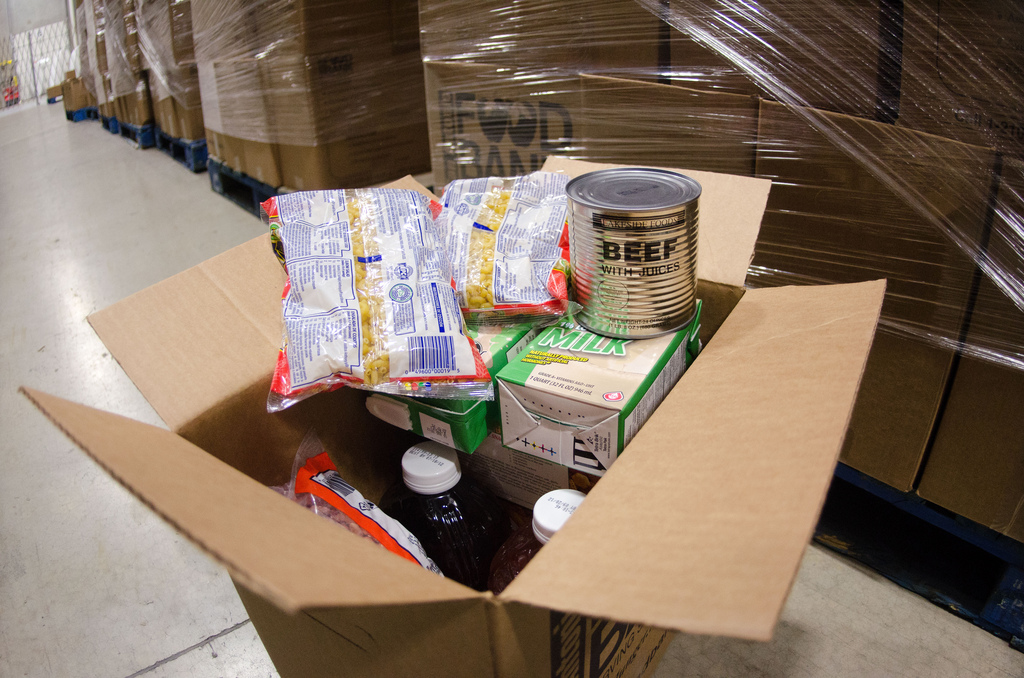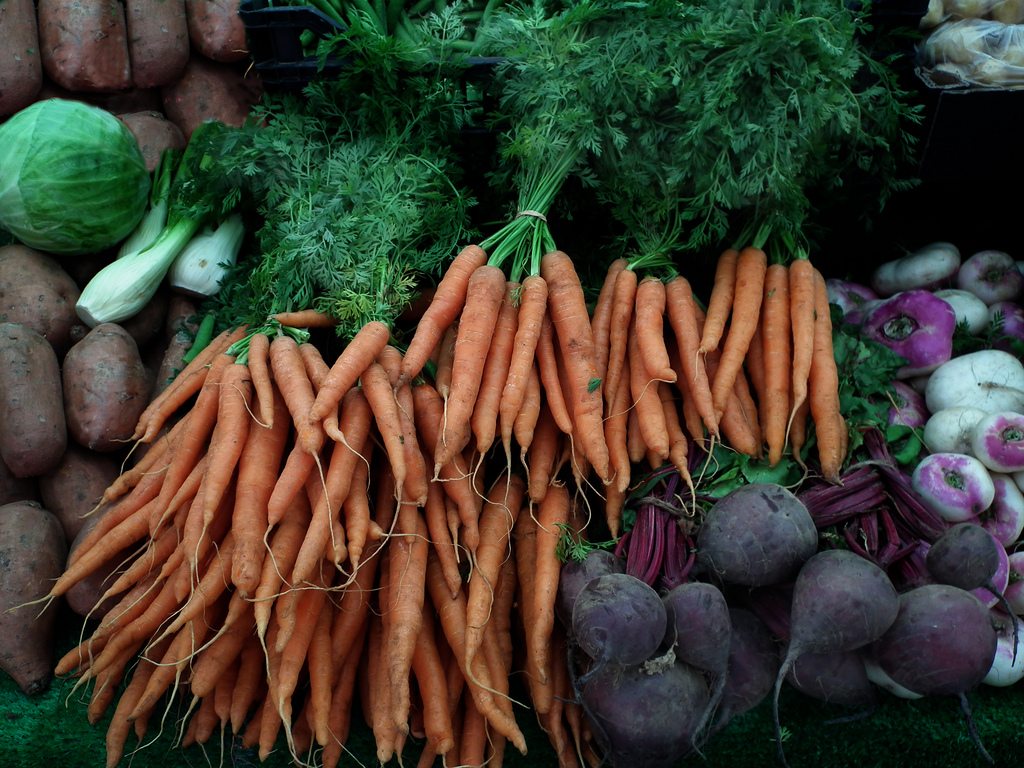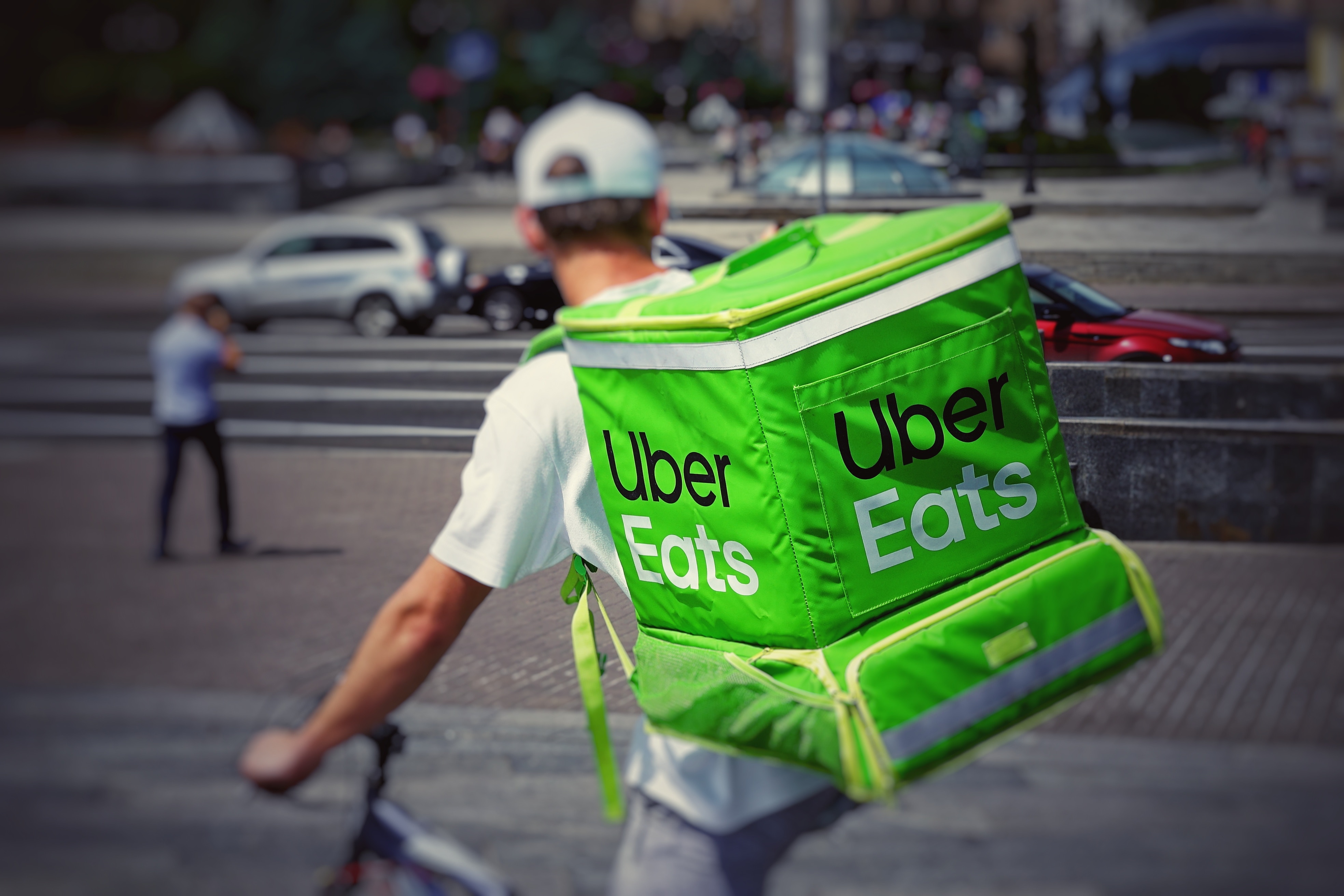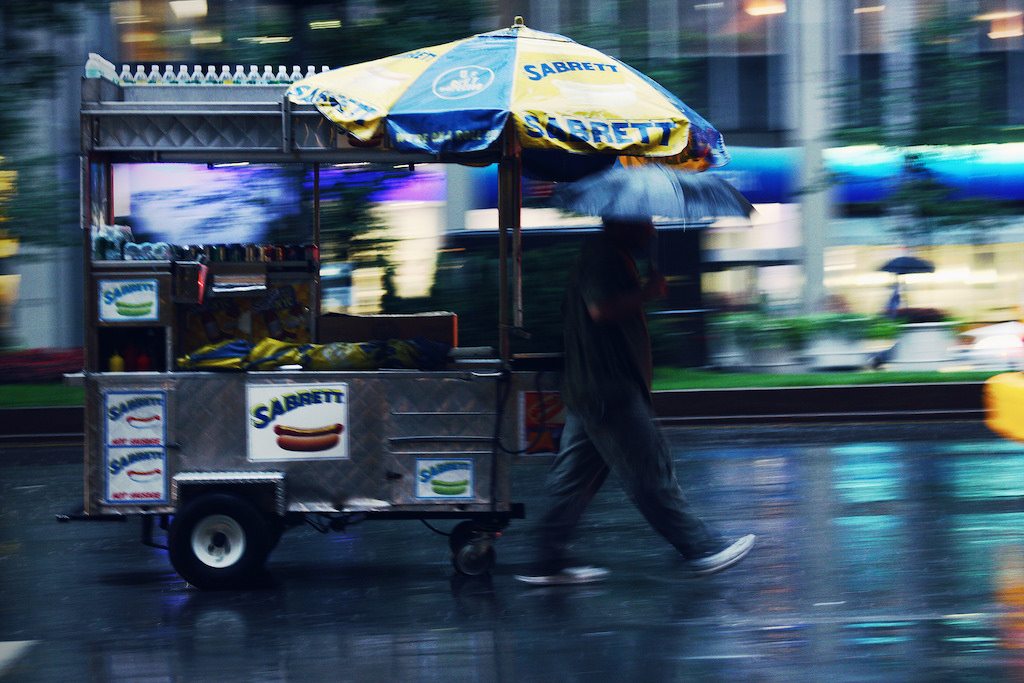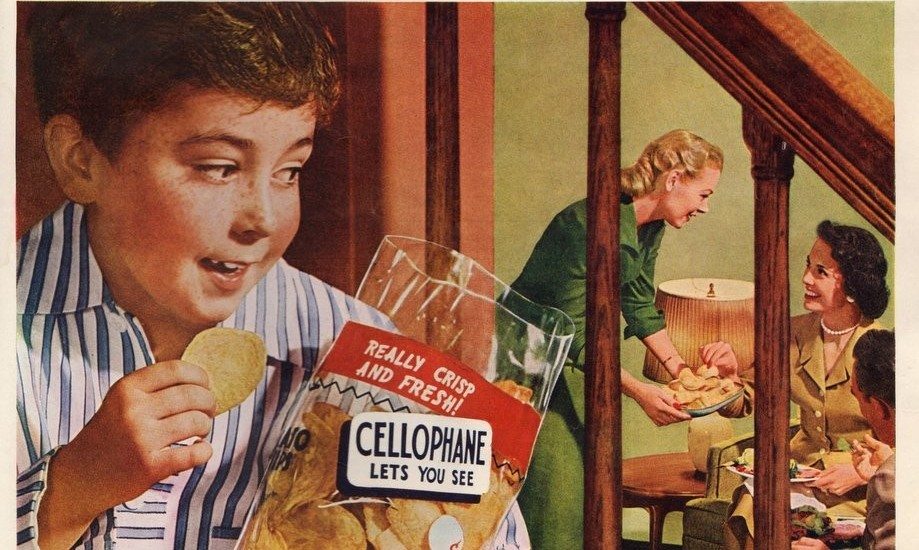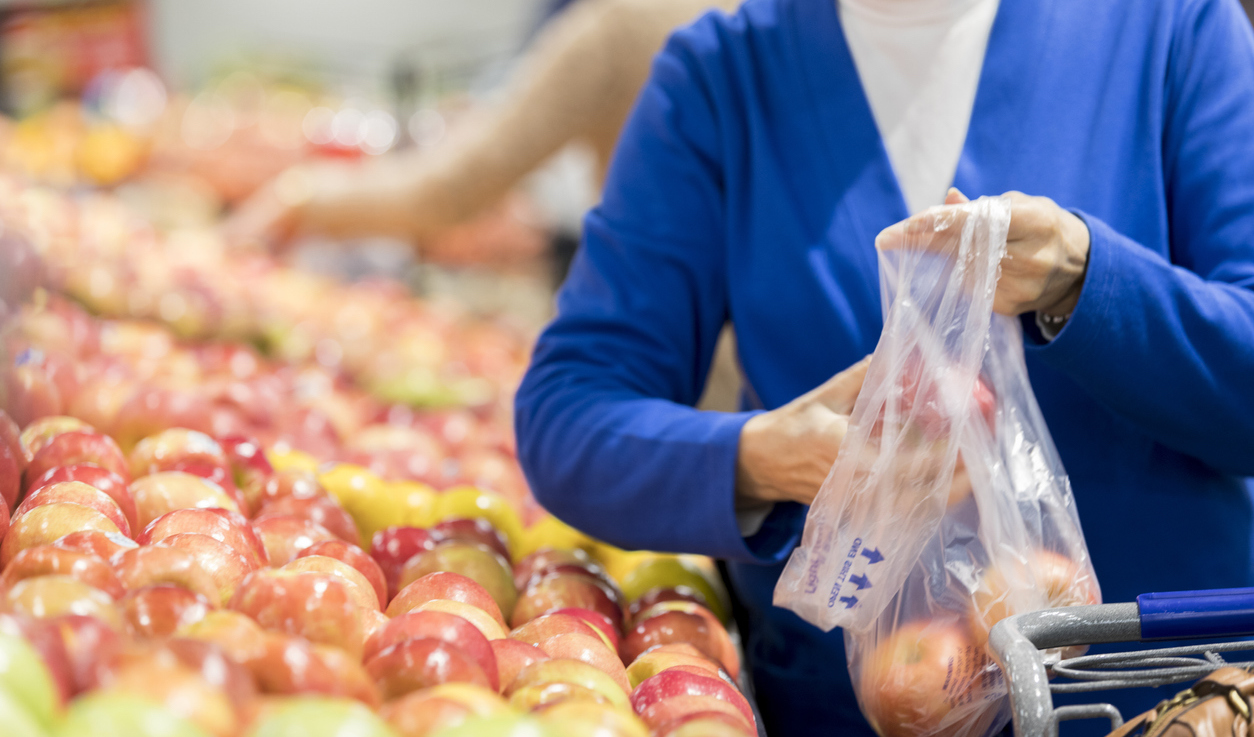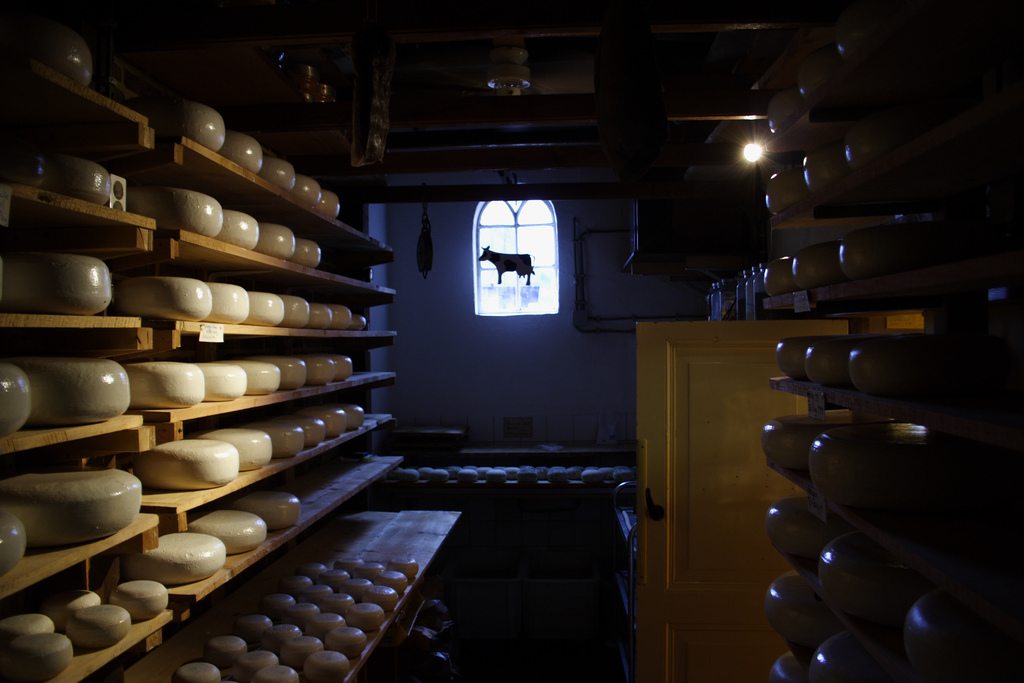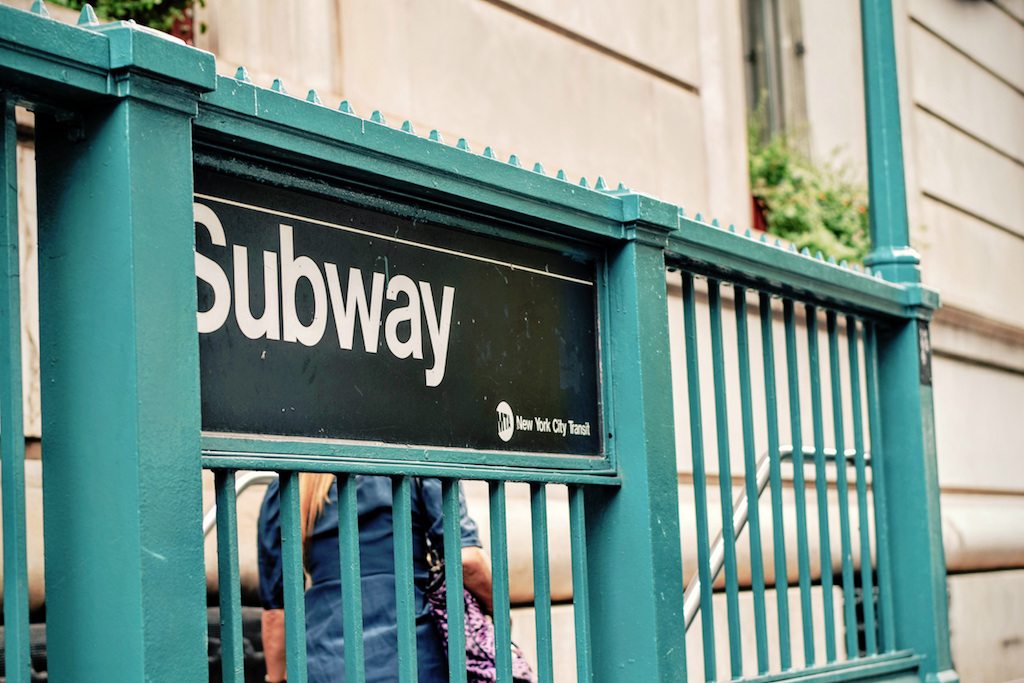The federal government is getting out of the welfare game and getting into shipping and logistics, it seems.
At least, that’s what it sounded like this week, when the Trump administration said it wanted to transform the Supplemental Nutrition Assistance Program (SNAP, formerly food stamps) as part of a proposed budget for 2019. Mick Mulvaney, director of the Office of Management and Budget, even said the new program would resemble meal-kit delivery service Blue Apron.
And how does the United States Department of Agriculture (USDA), which administers SNAP, plan on doing that? By committing half of a recipient’s benefits to what it describes as pre-packed “harvest boxes,” filled with non-perishable staples like cereal, canned vegetables, and shelf-stable milk. The department says buying wholesale, rather than giving SNAP recipients the full value of their benefits on an electronic benefits (EBT) card, would save taxpayers $129.2 billion over ten years. It’s a move that could benefit commodities producers, who’d gain a boatload of new orders from the government, and at the same time invoke the ire of grocers, who stand to lose billions of dollars in retail sales.
Also, the customer base for meal-kit delivery companies is much, much smaller—only around 1 million people for Blue Apron. And, when it comes to the question of savings, that multi-billion-dollar number doesn’t account for what will undoubtedly be a major expense—actually getting that food to recipients—an expense that USDA says states will have to take on.
Naturally, the agency says, states will be given “substantial flexibility” to do that. So how is that going to happen?
In a release trumpeting the program, Secretary of Agriculture Sonny Perdue imagined a harvest box program that would look a lot like other federal food supports, namely school lunches; emergency food assistance; distribution on Indian reservations; and the Commodity Supplemental Food Program (CSFP), or “senior food boxes.”
It’s that last program that may be the most apt comparison. In Indiana, for instance, CSFP allocates to seniors a monthly, pre-packed box which includes four cans of vegetables, two cans of fruit, two cartons of shelf-stable milk, two varieties of juice, two types of cereal, one can of beef stew, one jar of peanut butter, two bags of pasta, and a two-pound block of cheese. (That range is nearly identical to what Perdue imagines for the harvest box.) As Politico notes, President Trump’s budget seeks to eliminate the “food box” program and combine it with the harvest box.
These distribution sites are where the state makes sure the food is ending up in the right hands—what, at a retail grocery store, would be considered the point-of-sale. And it would require a massive scaling-up of those community networks that currently distribute government cheese and beef stew to seniors. This year, the CSFP will feed around 730,000 people. That’s peanuts compared to SNAP, which feeds more than 42 million Americans.
So when Secretary Perdue says, “States can distribute these boxes through existing infrastructure, partnerships, and/or directly to residences through commercial and/or retail delivery services,” it seems pretty unlikely that existing infrastructure is going to cover it. Imagine if we multiplied CSFP’s operations by 50 times. Or Blue Apron’s by 40. How will states ramp up their food distribution networks to reach that scale?
“I hate to interject politics, but it’s another half-baked idea from Trump,” says Dean Maciuba, a last-mile expert and industry consultant. “They definitely did not think through the logistics part of it.”
If states were truly going to own the program, they’d have to set up their own distribution networks. That’s a massive undertaking
Any savings the government would enjoy by converting part of SNAP to a wholesale purchasing and shipping system would be offset by the insane costs of setting up a distribution network solely to service food stamp users. All told, Maciuba thinks 20 percent of the money set aside for the “harvest box” system would go straight to logistics.
“Right now, none of [SNAP] is going towards logistics, because it’s a money transfer,” says Maciuba, referring to the funds transferred to recipients via a magnetically encoded payment card. “Now what they’re doing is talking about cutting the money in half, and then in addition, it’s no longer a money transfer, but a physical transfer, where you need transportation and logistics to consummate the transaction. And that all costs money.”
If states were truly going to own the program, Maciuba says, they’d have to set up their own distribution networks. That’s a massive undertaking.
And here’s what it would look like:
The first order of business would be fulfillment. After establishing their database of recipients, and calculating the orders, state offices would buy masses of commodities to be delivered to various fulfillment centers. That would require them to get into the e-commerce game, identifying warehouses to store the commodities as they came in, and then hiring scores of third-party pickers to stock the boxes.
The next question, Maciuba says, would be figuring out whether states would take it upon themselves to deliver the boxes, meal-kit delivery style, or rely on pre-existing food bank systems, as Perdue seems to suggest. In the case of the latter, says Maciuba, there’s only one organization that’s got a broad enough reach to make it happen: the United States Postal Service.
“They’re already going to every address in the U.S.,” he says. “I believe this is almost specifically designed to help the United States Postal Service.”
That’s important, because plenty of food stamp users live in rural counties, and app-based delivery services don’t have that long-haul delivery infrastructure already in place. If harvest boxes are indeed small and lightweight, containing just a few meal staples, post office delivery will be far cheaper than sending by private courier. If the boxes are bigger—say, 30 pounds of commodities, made to last a month—then prices would resemble those of big shippers like FedEx and UPS. That’s not a cost-effective alternative to the current system.
“Do you remember when they used to hand out surplus food at fire halls?” Maciuba asks. “They would have surplus cheese, and things like that, and folks from the community would come and pick them up at a local fire hall. Now, they don’t do that anymore. I normally don’t see that. But if they were going to use existing resources for a centralized pick-up point, then it would obviously be a lot cheaper.”
It doesn’t stop there. Maciuba thinks that, in some cases, recipients won’t be able to pick up their food in person, which would, in turn, incur another cost for states, who’d have to invest in volunteer delivery systems, like Meals on Wheels.
All told? If the administration really wants Congress to sign on to these harvest boxes, perhaps the President should add a line item for SNAP fulfillment centers in the new, $1.5 trillion infrastructure plan.
